A backbeat is a key element in music that provides the driving force behind many of the songs we know and love.
It emphasizes the second and fourth beats of a measure, creating a show-stopping groove that makes listeners want to move.
As a music producer, knowing all about backbeats can help you lay down more engaging and professional-sounding tracks.
Plus, being able to create and manipulate backbeats like a boss will set you apart in the world of music production.
Your tracks will always stand out and get the recognition they truly deserve (remember, it’s all about captivating your audience).
That’s why we’re breaking down everything you need to know, like:
- What is a backbeat ✓
- Influence on rhythm and groove ✓
- Anatomy of a backbeat in western music theory ✓
- Common instruments used for backbeats ✓
- Backbeat patterns ✓
- Strong/weak/weak/strong beats ✓
- Choosing the right sounds ✓
- Programming backbeats in DAWs ✓
- How to play backbeats like a pro ✓
- Adding groove and swing ✓
- Effects and processing ✓
- Top examples of backbeats ✓
- Much more to help you understand what is a backbeat ✓
After this article, you’ll know everything about backbeats to create dynamic and engaging music every time.
Plus, you can experiment all day, enhance your productions regardless of the genre, and brush up on your classical music theory as well.
This way, your tracks will have the groove and professional polish needed to captivate listeners and stand out in the crowded music scene.
So, let’s dive in…
Table of Contents
What is a Backbeat?

What is a backbeat?… Well, in the simplest terms, a backbeat refers to the emphasis on the second and fourth beats of a measure in a 4/4 time signature.
This rhythmic pattern is a staple in almost all modern music, especially in genres like rock music, pop, and hip-hop.
The backbeat creates a driving force that makes listeners want to move and dance 一 setting it apart from other popular rhythmic styles.
It originated from African American musicians and has become a fundamental element in popular music, still standing true to this day.
NOTE: In rock music, the snare drum playing the backbeat provides a heavy emphasis on these beats.
-
Backbeats’ Influence on Rhythm and Groove
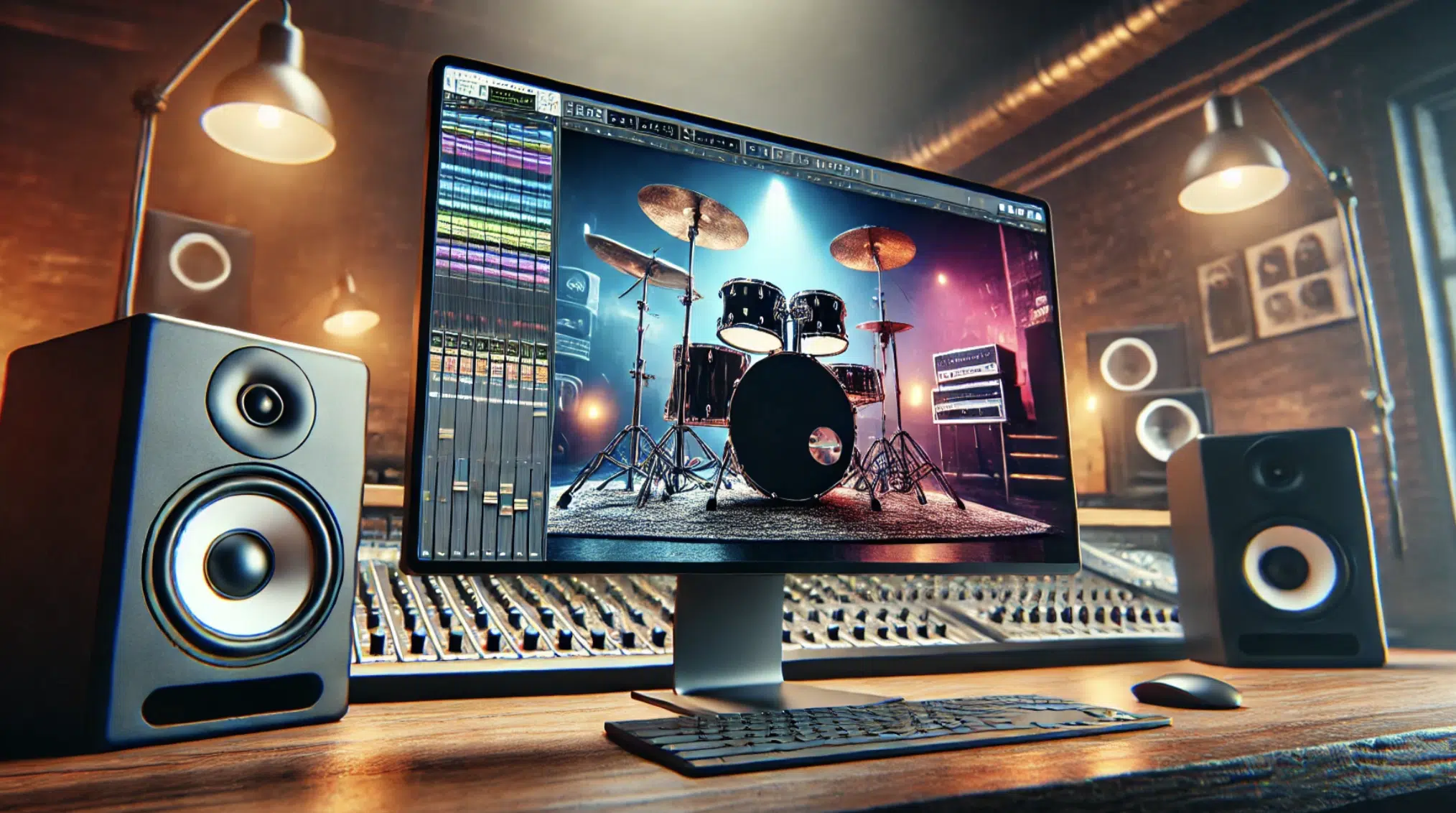
Understanding what is a backbeat can seriously influence your music’s rhythm and groove, making it way more desirable.
A strong backbeat makes the groove more compelling and enhances the overall feel of the track.
When programming backbeats, remember to focus on how the snare drum and bass drum interact to create a balanced sound.
Don’t worry, we’ll break it all down a little later.
The snare typically hits on the second and fourth beats 一 the bass drum emphasizes the first and third beats.
This unique interplay between strong and weak beats forms the foundation of many popular tracks, and can help yours level up a tad.
- A weak beat 一 Typically less emphasized and falls on the offbeats or less accented parts of a measure
- Strong beats 一 More pronounced and often occur on the downbeats, driving the rhythm and energy of the music.
Make sure to experiment with different drum sounds and techniques to see how they affect the groove and feel of your music, with a heavy emphasis on experimentation.
Because, when it boils down to it, it’s all about experimentation and getting creative.
Incorporating hi-hat patterns can add more texture and complexity to your backbeat rhythms, so don’t forget about that either.
The Anatomy of a Backbeat: Breaking it Down

To really comprehend and master the anatomy of a backbeat, it involves understanding the various components that make it so very effective.
At its core, a backbeat relies on the consistent placement of accents on the:
- Second count
- Fourth count
The snare drum is the main instrument for these accents, but claps and other percussive elements can also be used.
This placement contrasts with the downbeats 一 typically played by the bass drum on the first and third beats.
This combination of bass and snare creates a dynamic interaction between the strong and weak beats.
Understanding these elements helps you create more engaging and powerful backbeat rhythms in your tracks.
Side Note: Incorporating backbeats the right way requires understanding music notation to maintain a steady tempo, much like in military marches/marching music where precision and rhythm are everything.
It’s all about the tempo (regardless of genres).
Common Instruments Used for Backbeats
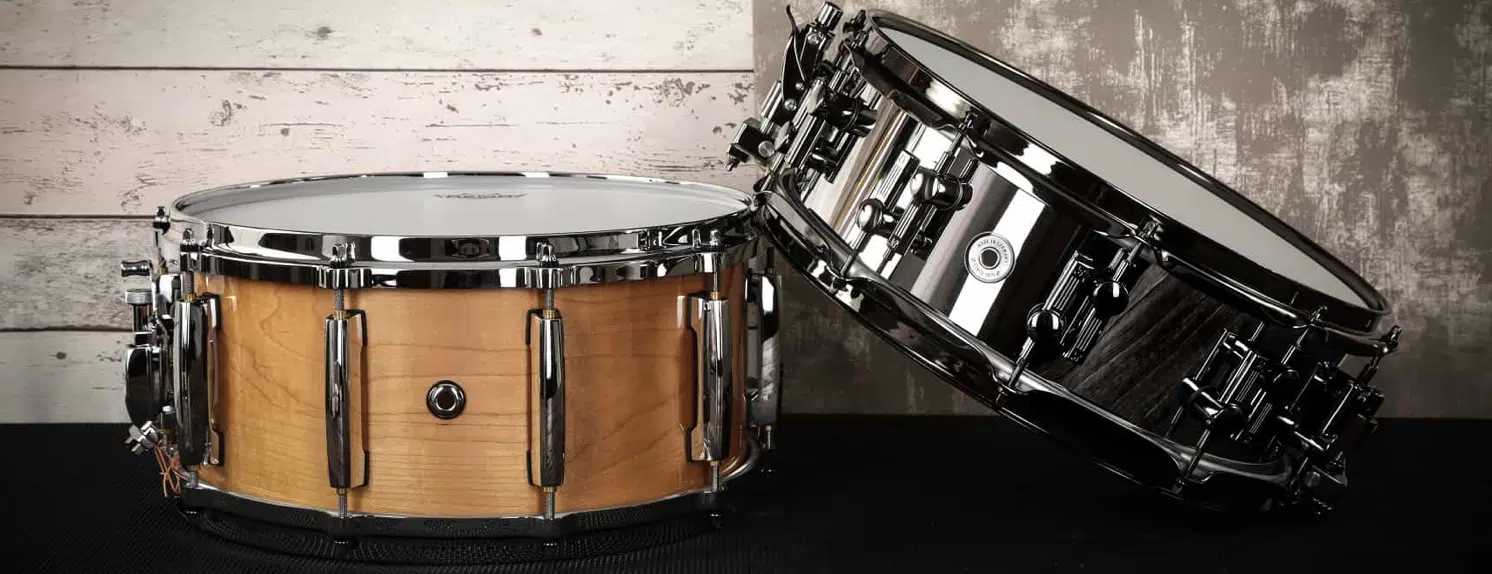
The snare drum is the VIP instrument for playing backbeats, especially in genres like rock music and hip-hop.
It delivers a sharp, punchy sound that stands out in your mix 一 providing a clear accent on the second and fourth beats.
Claps are another popular choice, adding a human touch and a sense of participation from the listeners.
In electronic music, producers often use synthetic snare drums or layered claps to achieve a similar effect.
Side note, a drum kit will include multiple snare drum options, each offering a unique tone and character, so make sure to check out the best drum kits available.
The bass drum, although not a backbeat instrument, plays a key role by complementing the snare’s accents with its emphasis on the first and third beats.
Hi-hats and cymbals can add further complexity 一 creating intricate rhythms and enhancing the overall groove.
Some jazz/classical music drummers also incorporate rimshots and ghost notes (two notes, three notes, whatever feels right) to add subtle variations and depth to the backbeat.
By experimenting with different instruments and sounds, you’ll find the perfect combination that vibes with your unique musical style.
-
Backbeat Patterns
Backbeat patterns can vary (in a major way) depending on the genre and style of music.
The most basic pattern, as we touched upon, involves hitting the snare drum on the second and fourth beats while the bass drum playing the first and third beats.
You can hear this in classics like AC/DC’s “Back in Black” (shown above).
In hip-hop, the backbeat often features additional syncopation and offbeat accents 一 creating a more complex rhythm, like in Dr. Dre’s “Still D.R.E.”
Jazz drummers might incorporate swing or shuffle rhythms, such as in Miles Davis’s “Freddie Freeloader,” adding a unique feel to the backbeat.
Blues music often features a shuffle pattern where the backbeat falls on the second and fourth beats, as displayed in Muddy Waters’ “Hoochie Coochie Man.”
Understanding these patterns and how they interact with other elements of the music can help you create more dynamic and engaging tracks.
Creating Backbeats in Your Music
Creating backbeats completely can transform your tracks and give them that professional edge. So, let’s dive into some tips and techniques to help you incorporate backbeats into your music without a hitch.
-
Choosing the Right Sounds
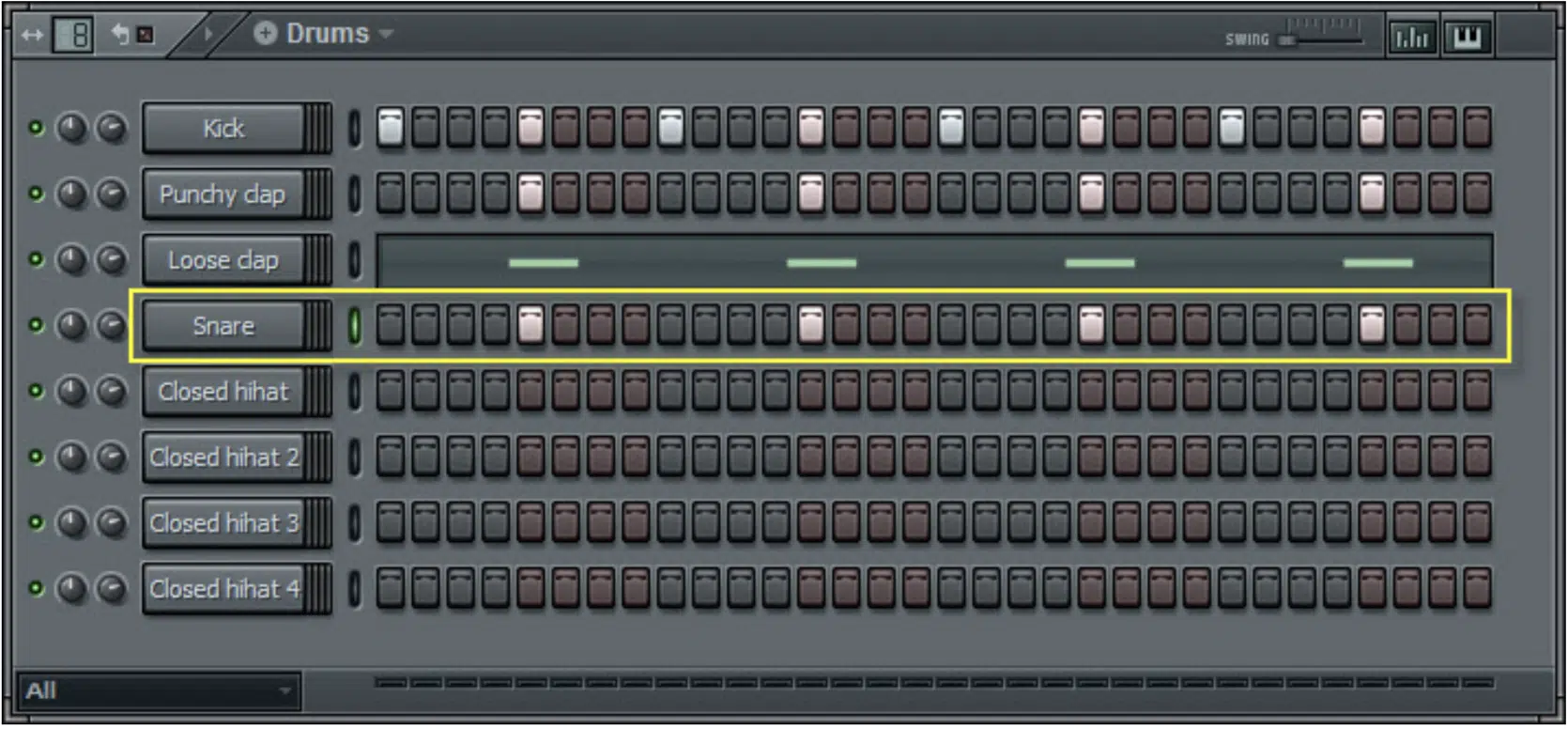
It all starts with selecting the right sounds, which is key for creating epic backbeats.
So, start with a solid snare drum sample that complements the overall sound/vibe of your song.
If you’re producing rock music, look for a punchy snare that cuts through the mix; in hip-hop, a snare with a bit of reverb and a strong transient works well.
Also, don’t overlook the bass drum 一 it should provide a solid foundation on the first and third beats, which is really the main thing.
NOTE: Layering additional sounds like claps, rimshots, or electronic snare drums can add depth and complexity.
Don’t forget to play around with different samples and combinations to find the perfect fit for your genre and style.
-
Programming Backbeats in DAWs
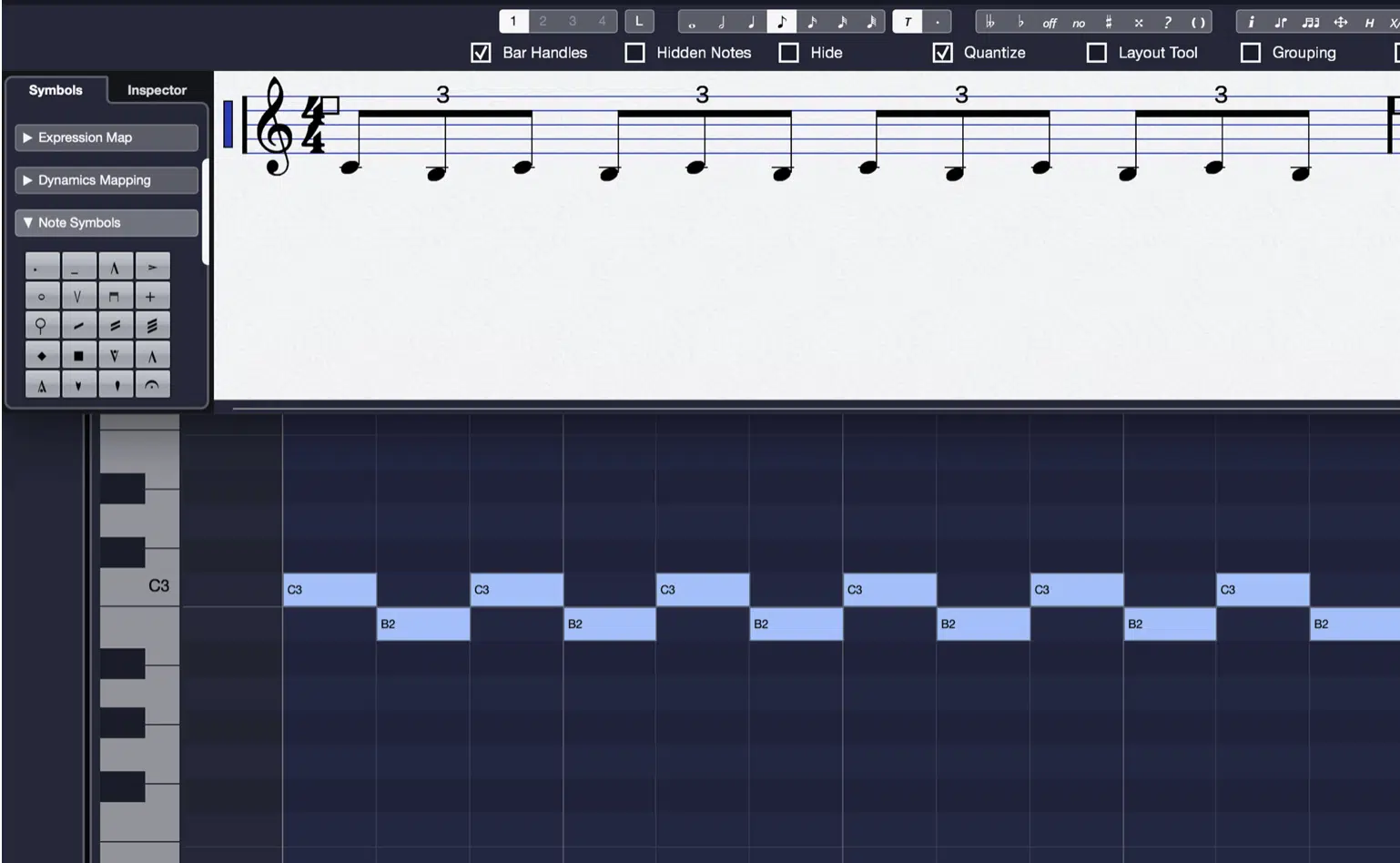
Programming backbeats in DAWs like Ableton Live, FL Studio, or Logic Pro is a fundamental skill for all music producers/musicians making beats.
So, let’s break it down super quickly:
#1. Set your time signature to 4/4, as this is standard for popular music and essential for backbeat rhythms.
#2. Place your bass drum hits on the first and third beats of each measure.
#3. Add your snare drum hits on the second and fourth beats to establish a strong backbeat.
#4. Utilize the grid and quantization tools to keep your beats tight and in time 一 ensuring that your snare drum and bass drum sync perfectly.
#5. Incorporate a hi-hat pattern on the eighth notes to add rhythmic complexity and drive the groove.
#6. Experiment with different velocities and swing settings in your DAW to make your backbeat feel more human and less mechanical.
This will enhance the overall groove of your song.
-
Effects and Processing
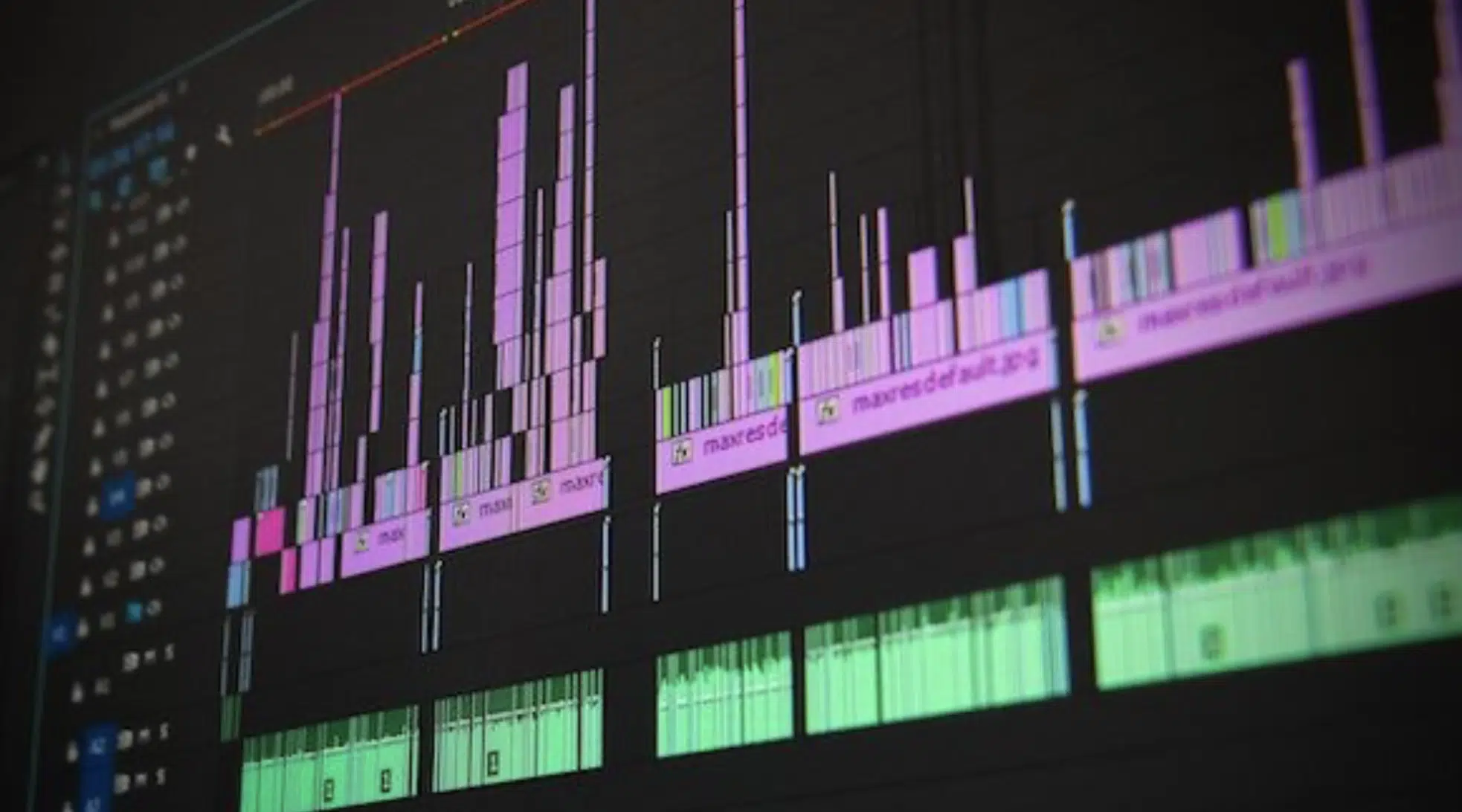
Processing your backbeats with effects can significantly enhance their impact and clarity, which is awesome.
Start with EQ to carve out space for your snare drum and bass drum so they sit well in the mix (as you would with anything else).
Use compression to add punch and consistency to your drum sounds.
It will make your backbeat stand out even more.
Applying reverb to the snare drum can create a sense of space and depth, which makes it feel larger and more atmospheric.
Also, adding some subtle distortion or saturation to both the snare and bass drums can give them warmth and character, enhancing their presence.
And remember to use effects like delay or chorus sparingly to add unique textures without overwhelming the main backbeat.
The key is to enhance your backbeats while maintaining balance and clarity in your mix.
What is a Backbeat? Final Thoughts
Backbeats are the heartbeat of many popular music genres that provide the essential rhythm and groove that make tracks truly compelling.
They can help your tracks feel more dynamic and engaging, standing out over the competition (which there is a lot of nowadays, let’s be honest).
Plus, help your beats drive the music forward and captivate your listeners.
With the information you’ve learned today about what is a backbeat, you’ll always be able to create super solid backbeats and enhance the overall feel of your music.
To help kickstart your backbeat journey, you’ve got to check out this legendary Free Hip Hop Drum Kit.
It contains 50+ free drum samples, including loops with matching audio & MIDI stems, to help you create powerful backbeats and seamless grooves.
These perfectly processed drum samples and loops, created by top industry professionals, will help instantly improve your beats, guaranteed
Remember, the key to mastering backbeats is practice, hustle, dedication, and experimentation.
So, keep refining your techniques and your music will continue to evolve and improve.
Until next time…







Leave a Reply
You must belogged in to post a comment.